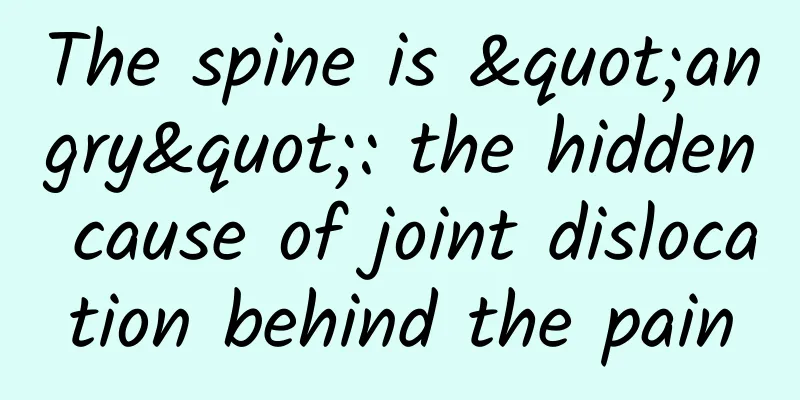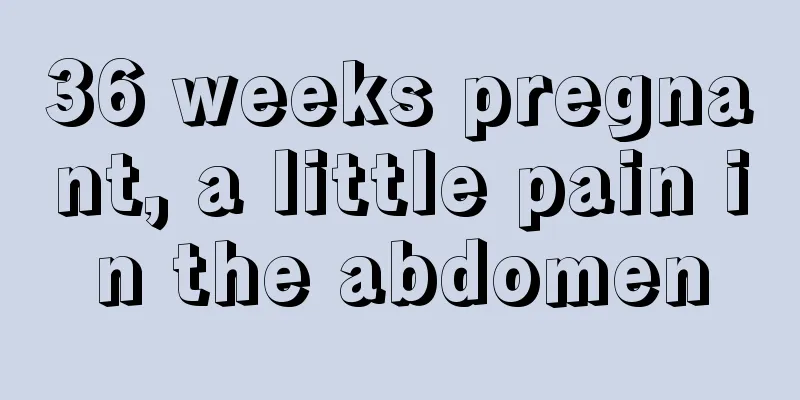The spine is "angry": the hidden cause of joint dislocation behind the pain

|
(Full text 1100 words, reading time 6 minutes) The human spine is like a precisely stacked building block, with 32 vertebrae interlocking through 126 small joints. When one of the joints is misaligned by 0.5 mm, it is equivalent to a slight displacement in the steel structure of a skyscraper - this abnormality is difficult to see with the naked eye, but it can trigger a domino-like chain reaction. According to the American Academy of Orthopaedic Surgeons, 65% of patients with chronic low back pain have unrecognized joint misalignment. 1. Dislocation mechanism from an anatomical perspective The zygapophysial joints of the spine act as the "rudder" of intervertebral movement. The angles of the articular surfaces of the cervical, thoracic, and lumbar segments show characteristic differences of 45°, 60°, and 90°, respectively. When the degree of articular surface contact deviates from the normal value by more than 5°, the pressure in the joint capsule will increase by 300%-500%. This mechanical abnormality will activate the mechanical receptors in the joint capsule, which will transmit continuous pain signals to the central nervous system through the posterior branches of the spinal nerves. 2. The domino effect of biomechanics Single-segment joint dislocation can lead to abnormal pressure distribution in adjacent intervertebral discs. Biomechanical models show that a 1° rotational dislocation of the L4-L5 segment can increase the pressure on the posterolateral annulus fibrosus by 18%. If this abnormal load lasts for more than 3 months, it will cause a 40% decrease in the proteoglycan content in the intervertebral disc matrix, accelerating the degeneration process. 3. The Double Noose of Neurovascular Disease The invasion of the recess on the opposite side of the dislocated articular process can reduce the effective space of the nerve root by 30%-45%. Clinical imaging studies have confirmed that when the compression area of the nerve root exceeds 60%, radiating pain will occur even if there is no obvious disc herniation. At the same time, the dislocated articular process compresses the segmental artery, causing the local blood flow to drop to 50%-70% of the normal value, forming a vicious cycle of hypoxia-inflammation. IV. Warnings from Clinical Data MRI three-dimensional reconstruction analysis of 3,000 patients with chronic cervical and lumbar pain showed: 1. 68.5% had undiagnosed joint rotational dislocations 2. The consistency rate between the dislocation direction and the pain radiation area reached 82.3% 3. Average misalignment angle 2.3°±0.7°, displacement distance 1.2mm±0.3mm V. Precision prevention and control strategies 1. Dynamic assessment: Using EOS 3D imaging system to capture functional dislocation with a resolution of 0.25mm 2. Targeted correction: joint mobilization in a specific direction according to Fryette's law 3. Stability training: Activate the multifidus muscle through suspension training and increase local muscle tension to 30%-40% MVC 4. Mechanical remodeling: Customized orthotic insoles correct the lower limb length difference of more than 3mm and eliminate compensatory dislocation Conclusion: The microscopic dislocation of the spinal joints is like a silent time bomb, and its destructive power is amplified geometrically in biomechanical conduction. Modern medicine has been able to break this vicious cycle through millimeter-level precision intervention - as the ancient Roman architect Vitruvius said: "The mystery of the human body is hidden in the perfect alignment of each joint." Prevention is better than cure. Maintaining the neutral position of the spine and conducting regular professional assessments are the fundamental ways to resist this "invisible killer." Data source: Chinese Journal of Orthopaedics 2023 Big Data Research |
<<: Can sleep-aiding aromatherapy really cure insomnia? Don’t believe it anymore because…
>>: Calcium channel blockers: their unique role in the treatment of heart disease
Recommend
It's amazing, it turns out that your palms can also reveal your health status
All parts of our body are connected. There is a f...
Where is the follicle located to give birth to a boy?
Some female friends will judge whether they will ...
How long does bleeding last after an abortion?
After having an artificial abortion, women will g...
What to do if both sides of the fallopian tubes are blocked
The fallopian tubes are located in the human pelv...
Pregnant woman 38 weeks stomach pain
When a pregnant woman is 38 weeks pregnant, it is...
What is the best way to remove facial wrinkles?
Many female friends have this worry. No matter ho...
How to treat gynecological diseases? Detailed explanation of dietary therapy for gynecological inflammation
Gynecological inflammation is a problem that both...
Symptoms of fallopian tube obstruction
Blockage or poor obstruction of the fallopian tub...
Can pregnant women eat white radish?
Radish is rich in vitamin A, vitamin C and other ...
Is it OK to sleep on your left or right side during late pregnancy?
For many pregnant mothers, they will learn a lot ...
What is intrauterine fluid accumulation?
Intrauterine effusion is a common disease of the ...
How long does it take for the lower body to recover after a normal birth?
Many women will experience looseness in the lower...
Causes of retching during pregnancy
Our female friends will experience symptoms of na...
Location of menopausal headaches
Menopausal headaches seriously affect the quality...









